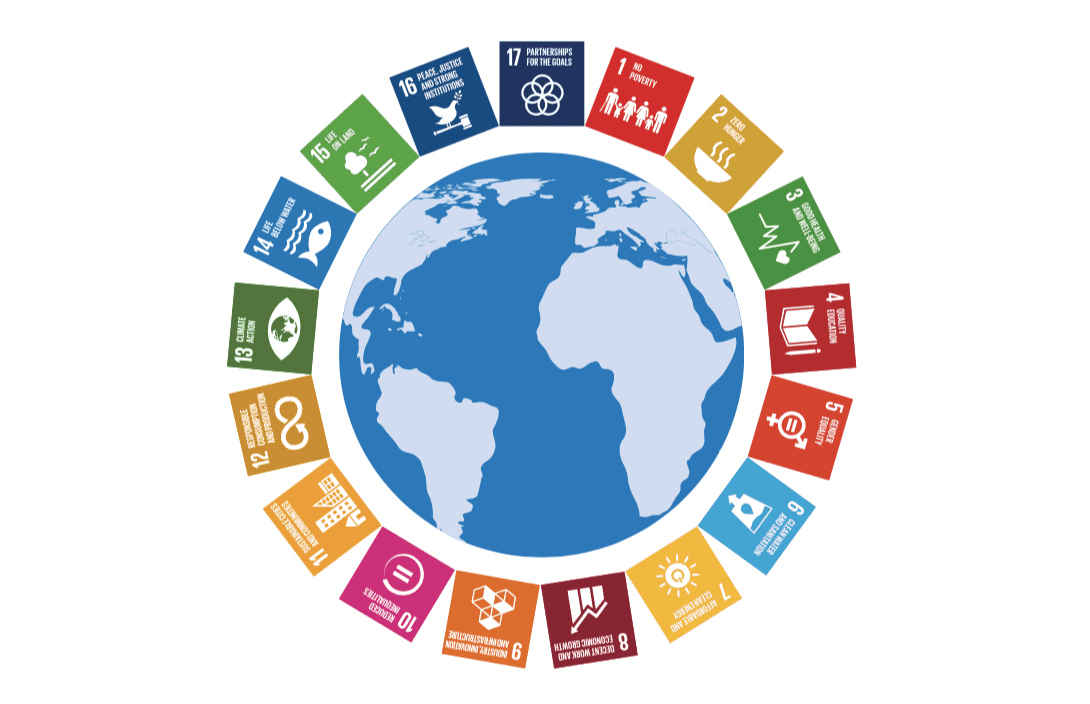Brazil, Rio de Janeiro, 1992. The global conference “Earth Summit” brought together all member countries of the United Nations to form a world agreement on climate, environment and social inequalities. The document signed at this conference, called "Agenda 21" formally outlined - and for the first time in world history - bold commitments of actions and goals to be achieved, with the sole and joint purpose of curbing the impacts of global economic growth on the environment and less favored nations. In addition to Agenda 21, the meeting also resulted in the creation of important initiatives by the United Nations (UN) for sustainable development:
– set up the Sustainable Development Commission;
– held the first United Nations Framework Convention on Climate Change;
– held the first Convention on Biological Diversity;
– formulated the Declaration on the principles of forest management;
– presented the Rio Declaration, with 27 universal sustainability principles.
There began a path of no return, in which all world leaders – concerned about the future of the planet – came together, committed to taking real and consistent actions so that each nation contributed to the mitigation of damage to the environment, caused by the unbridled expansion of industrial production. Actions that involve the entire chain of production of goods and consumption, from the use of natural resources, renewable raw materials, the relationship between production and the preservation of the environment, the use of labor and conscious consumption.
The Path to Establishing the Sustainable Development Goals (SDGs) in All UN Member Countries
Since the Earth Summit in 1992, the annual meetings of the UN have adopted primarily debates on sustainable economic development. In addition to concern for the environment, other equally important global demands began to be integrated into an international action plan for humanity:
– poverty eradication;
– reduction of social inequalities;
– guarantee of human rights of access to education, food, decent work, housing and basic sanitation.
– mitigation of gender inequalities;
Among other aspects considered fundamental to the survival of the planet and people.
In 2015, UN member countries then signed an agreement on 17 objectives outlined to be implemented in fact, with pre-established goals according to the reality and needs of each nation, but aiming at joint action. The Sustainable Development Goals were established:
SDG 1: Eradication of Poverty
SDG 2: Zero Hunger
SDG 3: Health and Well-being
SDG 4: Quality Education
SDG 5: Gender Equality
SDG 6: Clean Water and Sanitation
SDG 7: Affordable and Clean Energy
SDG 8: Decent Work and Economic Growth
SDG 9: Industry, Innovation and Infrastructure
SDG 10: Reducing Inequalities
SDG 11: Sustainable Cities and Communities
SDG 12: Responsible Consumption and Production
SDG 13: Climate Action
SDG 14: Life on Water
SDG 15: Life on Earth
SDG 16: Peace, Justice and Strong Institutions
SDG 17: Partnerships for the Goals
After drawing up all the SDGs and their breakdowns, as of January 1, 2016, all countries that are part of the United Nations joined the 2030 Agenda - a commitment signed by each head of state containing actions to be carried out effectively in each country, with targets set to be achieved – in fact – by the year 2030.
The 2030 Agenda aims, above all, to end all forms of poverty on the planet and more: it outlines responsibilities on all nations, developed or not, to promote prosperity without harming the planet.
2030 Agenda: The Action Challenges
Despite the effort and commitment of all members of the United Nations to develop, each in its own reality, the 17 UN Sustainable Development Goals within the 2030 Agenda, the obstacles to achieving the goals set are seriously compromised in all countries.
Population growth inevitably demands growth in industrial production in all spheres, in the demand for more food, in increased energy consumption and, above all, in the use of natural resources. Finding ways to make the demands of human life sustainable and the most efficient use of resources is the primary challenge for achieving the goals of the 2030 Agenda.
The challenge is to develop and implement new technologies for the efficient use of raw materials, energy efficiency, renewable resources and that do not harm the environment – and that are accessible to all nations that joined the global pact. After almost three centuries since the first Industrial Revolution, the world is now experiencing the need for a productive revolution that involves, in addition to effective use of the resources that we still have, the transformation of the global mentality on consumption.
Actions for Conscious Consumption
The debate that has been addressed – focused on actions in large companies, industries and nations, as it is in these places where the scope of problems gains a large scale – needs and can be extended to people in their local communities. Individual actions of conscious consumption can even generate a reverse effect: the consumer pressuring production to change the ways of working, the use of natural resources and the way companies and industries relate to the environment.
Global projections on population growth and all its demands are in fact an obstacle to the goals of the 2030 Agenda. There is an urgent need – therefore – to establish a practical awareness of the consumption of each person who inhabits this planet. Educating nations about sustainability, reducing the use of natural resources, combating waste, ending the use of materials that are not recyclable or biodegradable – among other collective actions – collaborates and accelerates the process of mitigating the problems listed in the 17 SDGs of the United Nations.




